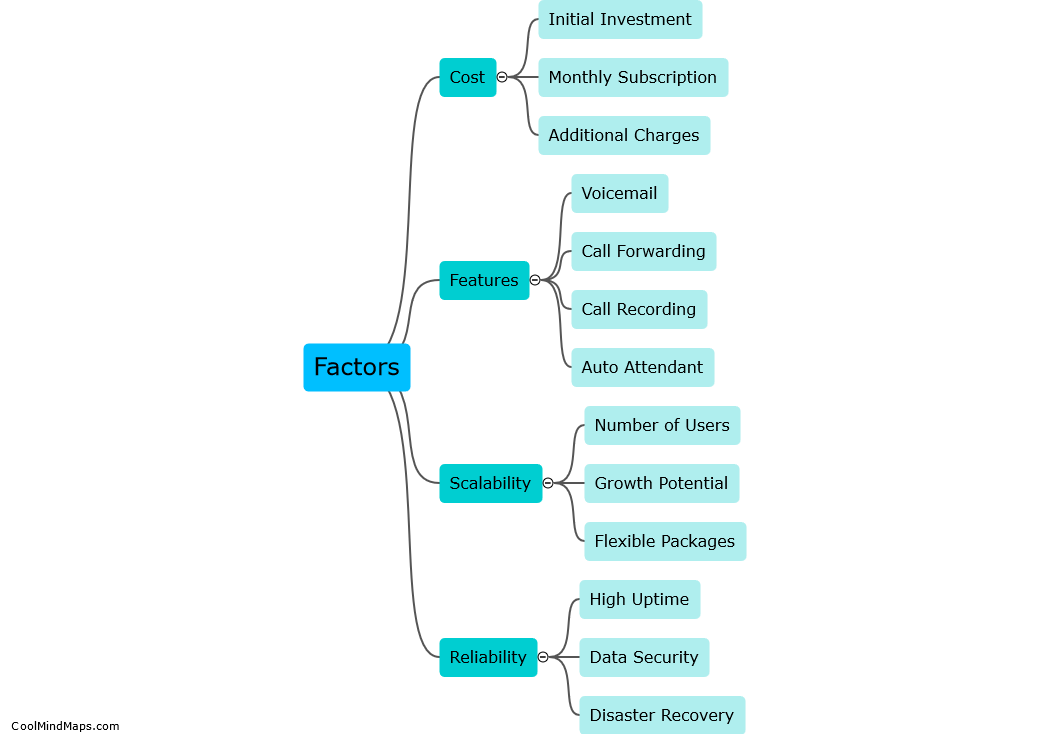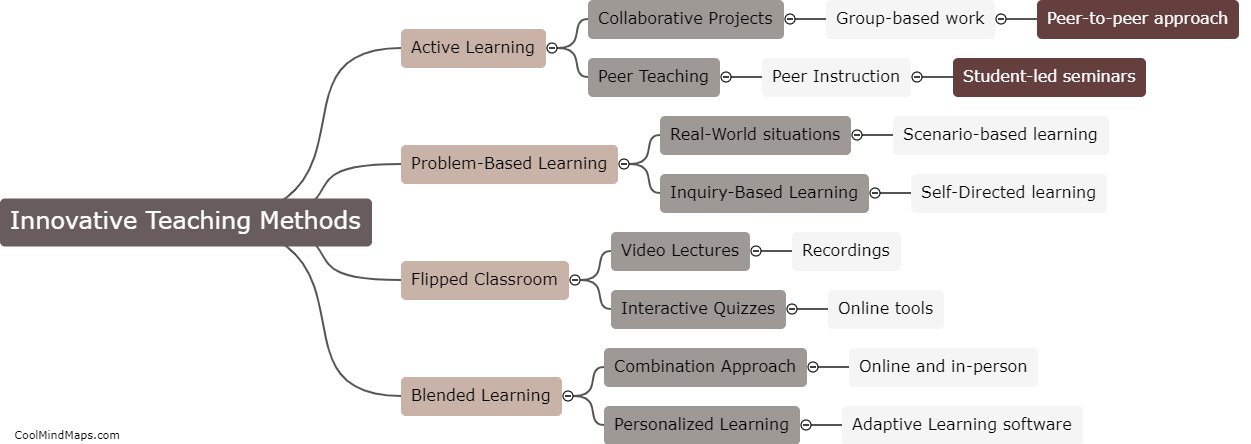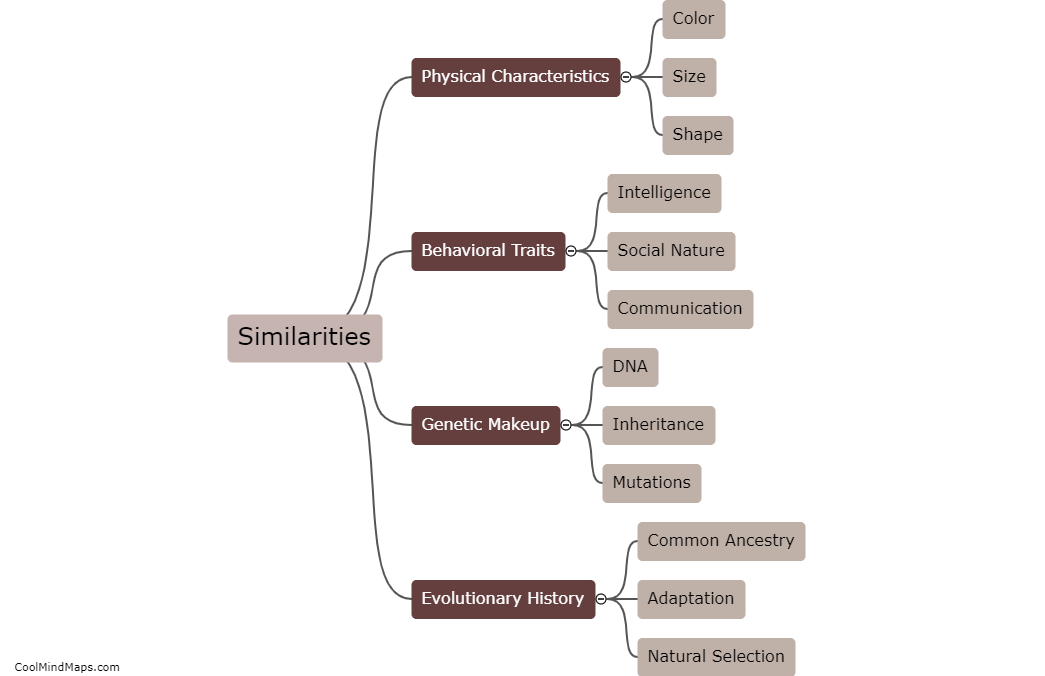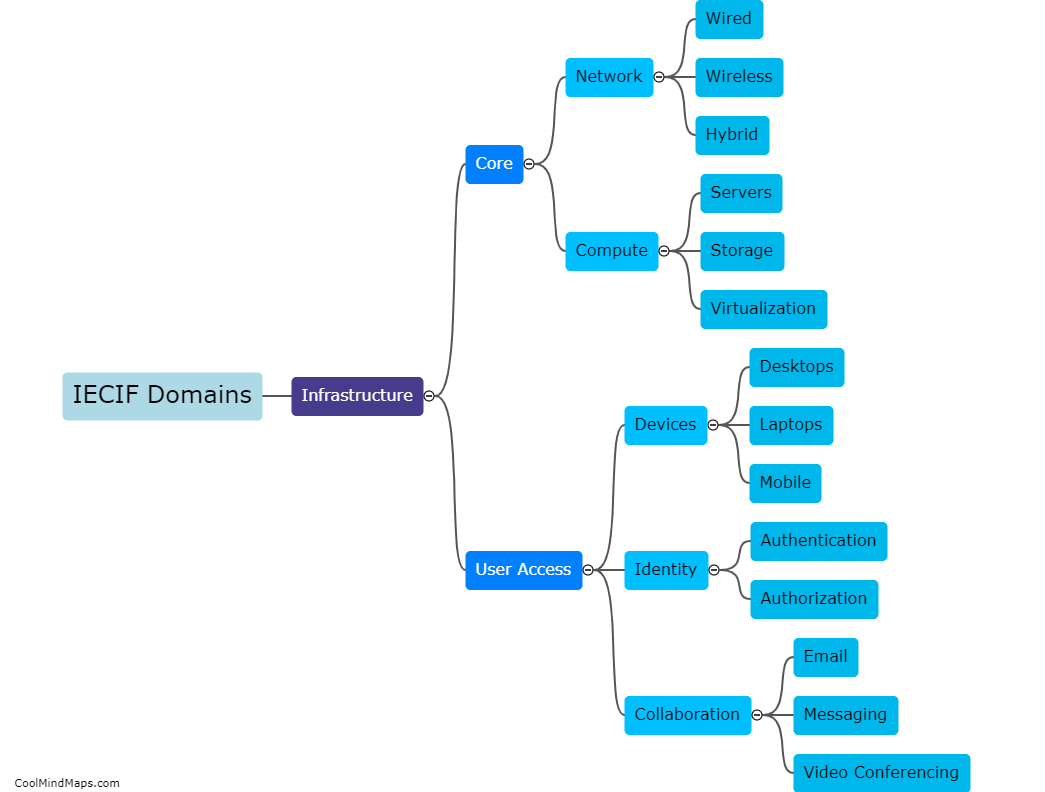What is Schering bridge?
Schering bridge is a type of AC bridge used to measure the capacitance of an unknown capacitor or a dielectric material. It was invented by the German physicist Ernst Adolph Schering in the late 19th century. The bridge consists of four arms, two resistive and two reactive (a capacitor and an inductor), and a variable frequency AC source. By adjusting the frequency of the source and measuring the voltage across the two capacitors, the value of the unknown capacitor can be determined. The Schering bridge is widely used in the electrical engineering field, particularly in the calibration of capacitors and in the analysis of dielectric materials such as insulation.
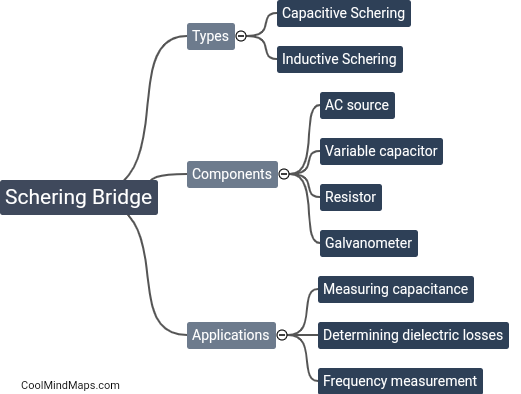
This mind map was published on 19 May 2023 and has been viewed 66 times.



